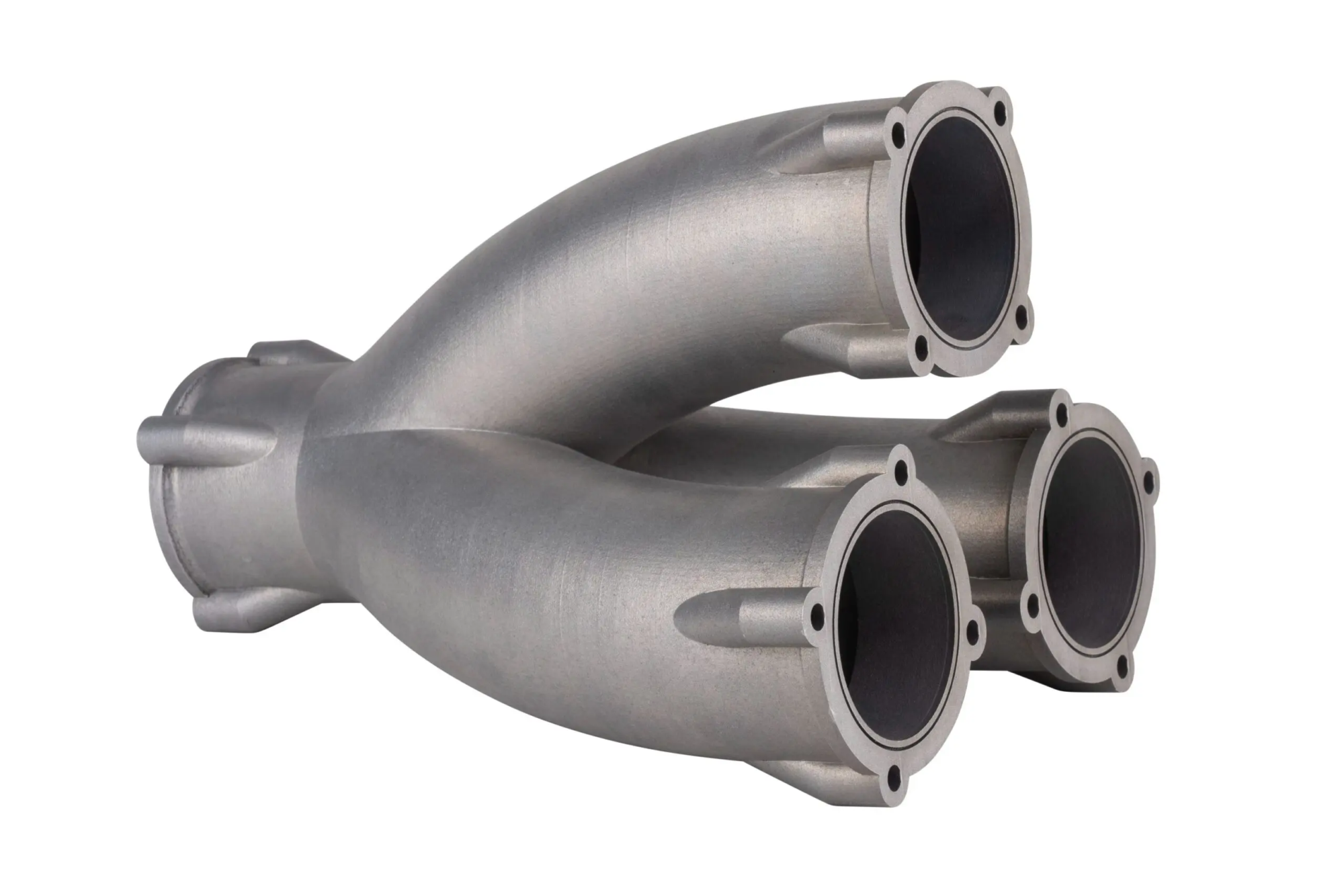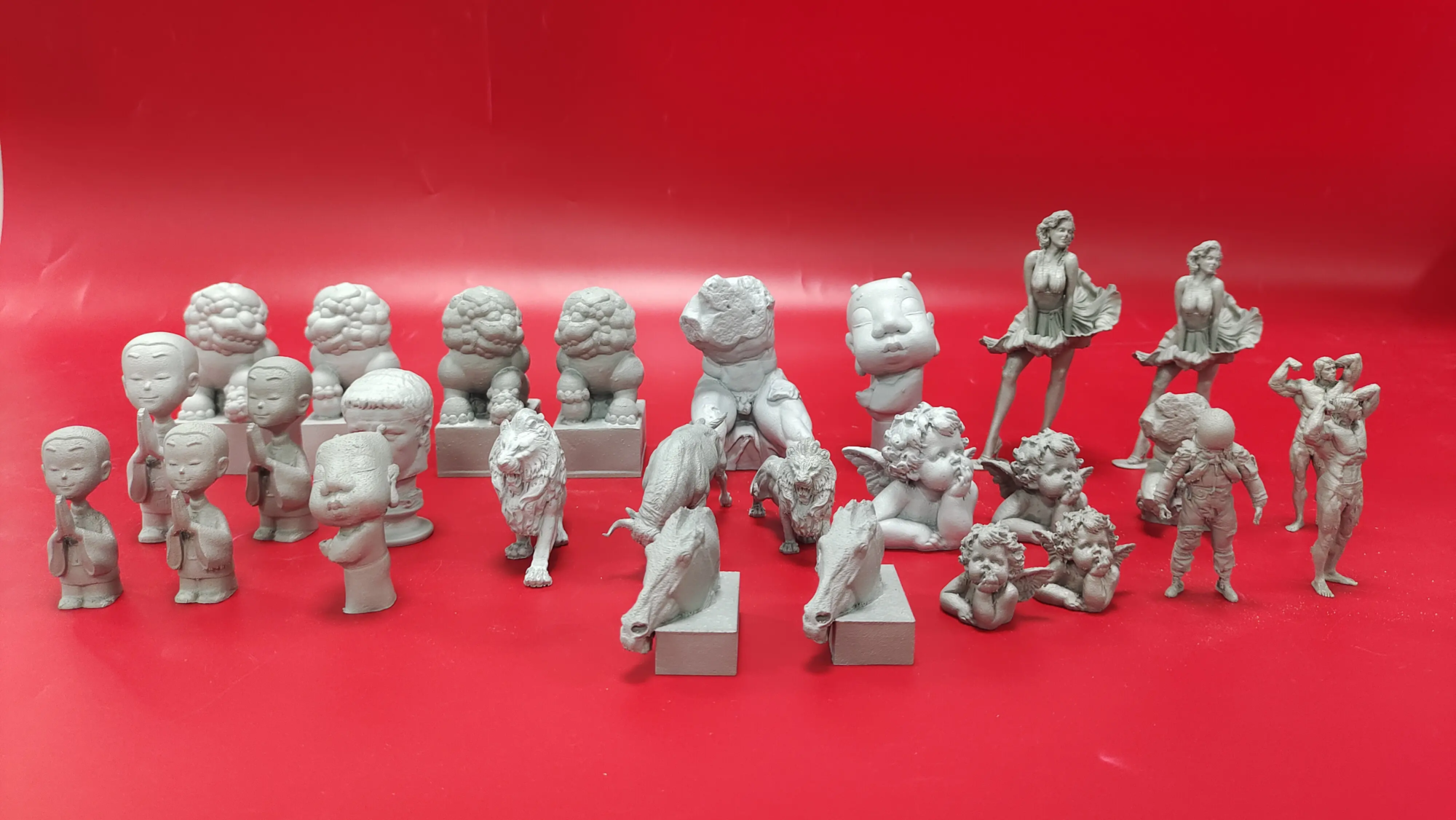According to a recent report from the American website Fun Engineering, a research team from Columbia University used 3D printing technology to successfully develop an ultra-thin and ultra-sharp microneedle. This microneedle can precisely deliver therapeutic drugs based on gene therapy to previously inaccessible areas of the cochlea, helping patients restore their hearing.
The human cochlea has a complex structure and is filled with fluid, making it difficult to accurately and safely deliver therapeutic drugs to the appropriate location within the cochlea. Additionally, to get the medicine to the right place, it must pass through the cochlear membrane, which is about 2 millimeters wide. During the delivery process of traditional surgical instruments, it is easy to cause tearing of the cochlear membrane, thereby causing irreversible hearing damage.
Two-photon lithography is a 3D printing method for creating extremely fine structures. The research team used this advanced manufacturing technology to create a microneedle that is thinner than the cochlear membrane. Microneedles are about the width of a human hair and are sharper and stronger than existing medical needles.
The team said the main function of this microneedle is to precisely deliver drugs into the cochlea without damaging the fragile cochlear membrane. In addition, the microneedle can also extract fluid samples from the cochlea, which can help diagnose inner ear diseases such as Ménière’s disease and provide patients with more accurate treatment options.
The team conducted extensive testing and confirmed that the microneedles work well. No side effects or hearing loss were observed in animal tests.





